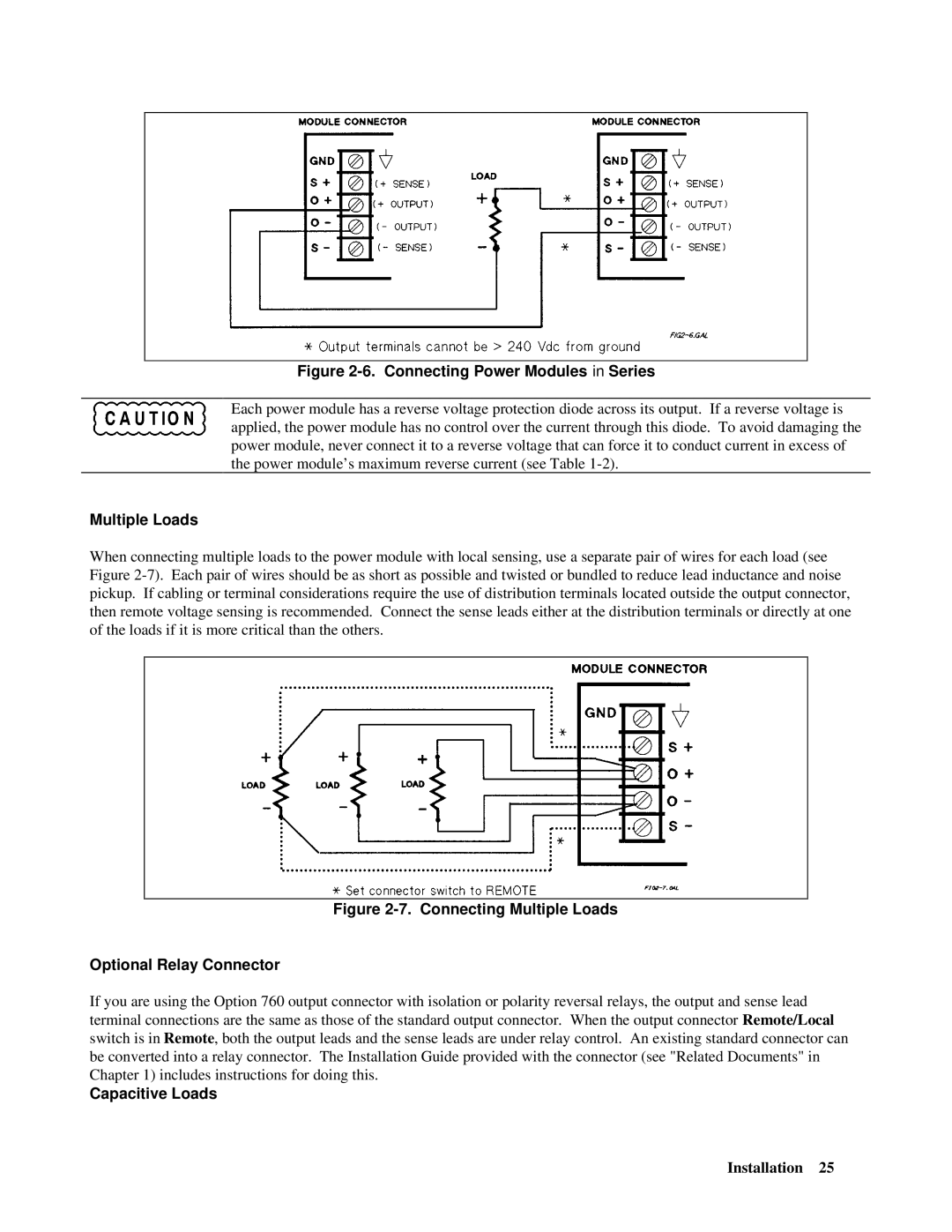
Figure 2-6. Connecting Power Modules in Series
Each power module has a reverse voltage protection diode across its output. If a reverse voltage is applied, the power module has no control over the current through this diode. To avoid damaging the power module, never connect it to a reverse voltage that can force it to conduct current in excess of the power module’s maximum reverse current (see Table
Multiple Loads
When connecting multiple loads to the power module with local sensing, use a separate pair of wires for each load (see Figure
Figure 2-7. Connecting Multiple Loads
Optional Relay Connector
If you are using the Option 760 output connector with isolation or polarity reversal relays, the output and sense lead terminal connections are the same as those of the standard output connector. When the output connector Remote/Local switch is in Remote, both the output leads and the sense leads are under relay control. An existing standard connector can be converted into a relay connector. The Installation Guide provided with the connector (see "Related Documents" in Chapter 1) includes instructions for doing this.
